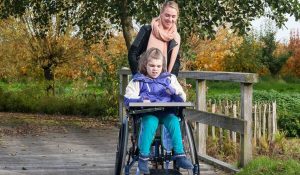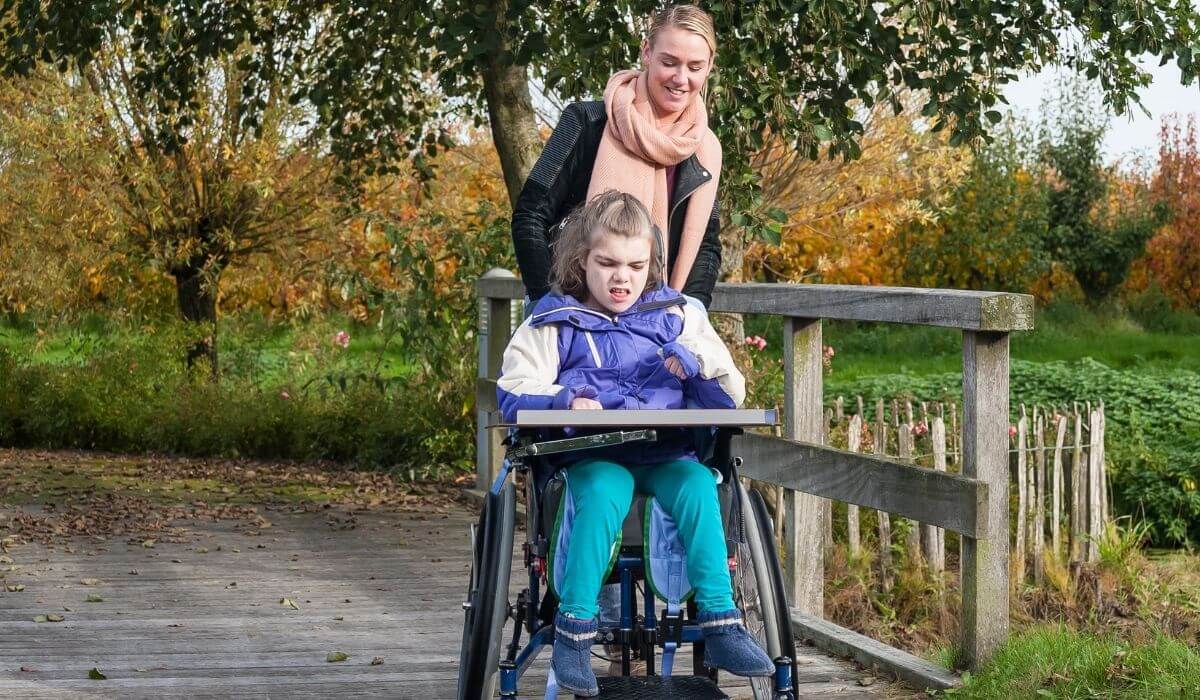After four-and-a-half years of work, the disability royal commission’s final report and recommendations look set to become public this week.
Advocates say we can’t afford to take the recommendations lightly.
The ABC has been closely following the inquiry’s many shocking and traumatic stories over the past four-and-a-half years.
So, if you missed it, or need a refresher on how we got here and what comes next, let us get you up to speed.

What was the disability royal commission?
First, let’s define what a royal commission is.
It’s a forensic, independent investigation that makes recommendations to the government about things that need to change.
This inquiry — formally known as the Royal Commission into Violence, Abuse, Neglect and Exploitation of People with Disability — was broad-ranging, even for a royal commission.
It was set up in 2019, given about $600 million and tasked with investigating experiences and conditions in:
- Schools
- Workplaces
- The justice system
- Disability and mental health facilities
- Group homes/boarding houses
- Family homes
- Hospitals
The inquiry held 32 public hearings and travelled to every state and territory in the country collecting evidence.
Of the 837 witnesses who spoke at public hearings, just 209 (25 per cent) were people with disabilities, senior counsel assisting Kate Eastman told the final sitting of the commission.
Overall, more than 10,000 people shared their stories via public hearings, submissions or private sessions.
The commission was given an extension in 2021, following disruptions caused by COVID-19, and by the time it reports, will have been active for more than 1,630 days.
Why was the Disability Royal Commission needed?
Stories about horrific treatment of people with disability are not unique — they’ve long experienced violence, abuse, neglect and exploitation at much higher rates than the rest of the community.
Disability advocates had been calling for a royal commission for decades.
Christina Ryan helped fight for the establishment of the disability royal commission for about a decade.
“It was a long campaign to get it going,” says Christina Ryan. She was a part of the campaign for the royal commission and is now CEO of the Disability Leadership Institute.
“There was an incredible level of violence going on in the disability community … and we couldn’t just continue to accept that this is the way disabled people live their lives,” she says.
What kind of stories did the Disability Royal Commission hear?
It heard shocking testimony.
We’re talking about:
- Sexual assaults by carers
- Children being removed from their mothers immediately after birth
- Forced sterilisation
- People being kept in seclusion for 23 hours a day for eight years
While they were hard to hear about, for many witnesses who shared their stories, they were even harder to recount.
The evidence wasn’t all confined to a dark chapter of Australian history, either — these horrors are still happening today.
“People have died in our community. People are still dying in our community. People are experiencing appalling violence and trauma,” Ms Ryan says.
What is next on the Disability Royal Commission?
The royal commission’s final report and recommendations, as well as the government’s response, appear set to become public on Friday.
Advocates are demanding major reform, saying that otherwise, the trauma and tears of the last four-and-a-half years will have all been for nothing.
“It will be an incredible failure … if the vast majority of these recommendations are not implemented as quickly as possible,” Ms Ryan says.
“We don’t want another situation like the Aboriginal deaths in custody royal commission, where 30 years later, we’re still looking at the same problems because the recommendations weren’t implemented.
“This is our only shot. We’re only going to get one royal commission.”


